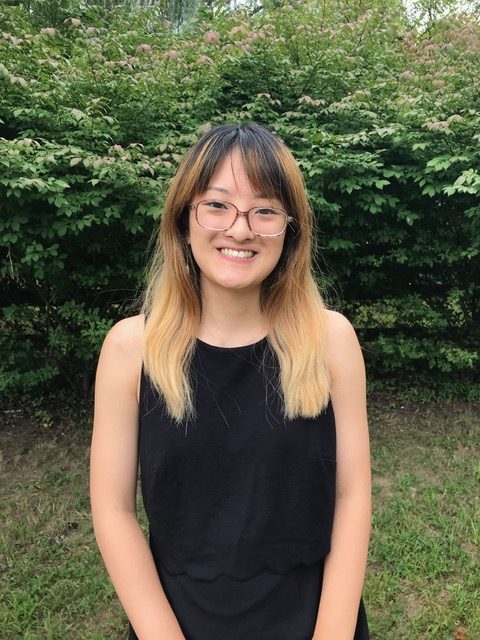PI | Visiting Researchers | Postdoctoral Researchers | Ph.D. Students | Master’s Students | Undergraduate Students
Dr. Russell J. Composto
Professor of Materials Science and Engineering, Bioengineering, and Chemical and Biomolecular Engineering

composto@seas.upenn.edu
LRSM 321
(215) 898-4451
Google Scholar: here
Education:
PhD Materials Science and Engineering 1987 – Cornell University
MS Materials Science 1984 – Cornell University
BA Physics 1982 – Gettysburg College
Member of:
Nano/Bio Interface Center (NBIC)
Laboratory for Research on the Structure of Matter (LRSM)
Institute for Medicine and Engineering (IME)
Penn Center for Energy Innovation
Visiting Researchers
Education: Ph.D. in Chemistry, North Carolina State University, Raleigh
Project Title: Nanocarrier Drug Delivery to Improve Access and Outcomes in Lung Transplant
Collaborators: Jacob W. Myerson (PSOM), Jacob S. Brenner (PSOM), Vladimir R. Muzykantov (PSOM)
Funding Source: UPenn 2019 Formula Fund
Project Description: Current research focuses on the biological mechanism study of the complement system with nanoparticles.
Postdoctoral Researchers

Dr. Shreyas Pathreeker
Postdoctoral Researcher
(MSE)
spathree@seas.upenn.edu
Education: Ph.D., Chemical Engineering, Syracuse University, NY
Project Title: Solid Polymer Electrolytes for Sodium-ion Batteries
Collaborator: Prof. Eric Detsi (MSE)
Funding Sources: NSF-FMRG
Project Description: My research is focused on the development and characterization of solid polymer electrolytes for sodium-ion batteries. My main project is centered around developing 3D batteries, and I also carry out fundamental research on structure-property relationships in planar composite polymer electrolytes to improve both ionic conductivity and ion selectivity. Key areas include polymer coating strategies, polymer crystallization in composite media, dielectric spectroscopy, and ion-filler interactions.
Ph.D. Students

Aria Zhang
Ph.D. Candidate
(MSE)
ariaczh@seas.upenn.edu
Education: B.S. in Materials Science and Engineering, Cornell University
Project Title: Structure Dependence of Polymer Nanocomposites
Collaborator: N/A
Funding Sources: NSF-DMR, NSF-PIRE, NSF-NRT, NSF-GRFP, NSF-MRSEC
Project Description: The properties of polymer nanocomposites (PNC) depend on a large parameter space, including processing conditions like temperature and film thickness. My project aims to elucidate the impact of these parameters, specifically film thickness and nanoparticle loading, on the PNC structures, and by extension, their resultant properties.
Education: B.S. in Materials Science and Engineering, Rutgers University
Project Title: Probing Nanoparticle Dynamics and Kinetics of Adsorption to Polyelectrolyte Brushes
Collaborators: Co-advised: Karen I. Winey (MSE & CBE)
Funding Sources: NSF CBET
Project Description: Currently, nanoscale separation technologies are limited in their scope of adsorption in situ and in real-time. My research focuses on the interactions of gold nanoparticles (AuNPs) to the weak polyelectrolyte brushes, poly(2-vinyl pyridine) (P2VP), which are stimuli-responsive to pH changes. The structural changes influenced by pH are leveraged in my research to elucidate the mechanism of pH-mediated size-selective adsorption to homopolymer P2VP brushes in relation to brush molecular weight, grafting density, and grafting surface.
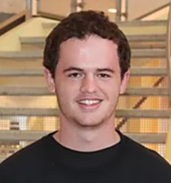
Justin Hughes
Ph.D. Student
(MSE)
jhughes3@seas.upenn.edu
Education: B.S. in Materials Science and Engineering, University of Maryland College Park
Project Title: Autonomous Exploration of Process-Structure-Property Relationships in Polyelectrolyte-Based Polymer Nanocomposites
Collaborators: N/A
Funding Sources: NSF DMRand NSF NRT
Project description: My research is on the development of autonomous experimentation methods to study process-structure-property relationships in polyelectrolyte-based polymer nanocomposites (PE-PNCs). PE-PNCs have the potential to serve as solid polymer electrolytes (SPEs) for batteries, but much less research has been done on this topic compared to the process-structure-property relations for neutral PNC materials. This research hopes to bridge that gap in literature through employing autonomous experimentation methods to more efficiently and more sustainably navigate through experimental campaigns to design favorable PE-PNC materials.

Sydni Wilson
Ph.D. Student
(MSE)
sydniw@seas.upenn.edu
Education: B.S. in Chemistry, Jackson State University
Project Title: Lipid Nanoparticle Delivery of Dental Therapeutics
Collaborators: N/A
Funding Sources: UPenn SOE
Project description: The goal of my project is to investigate the interfacial interactions of lipid nanoparticles (LNPs) on mineralized surfaces and subsequently utilize the LNPs for employing therapeutics to dental materials.
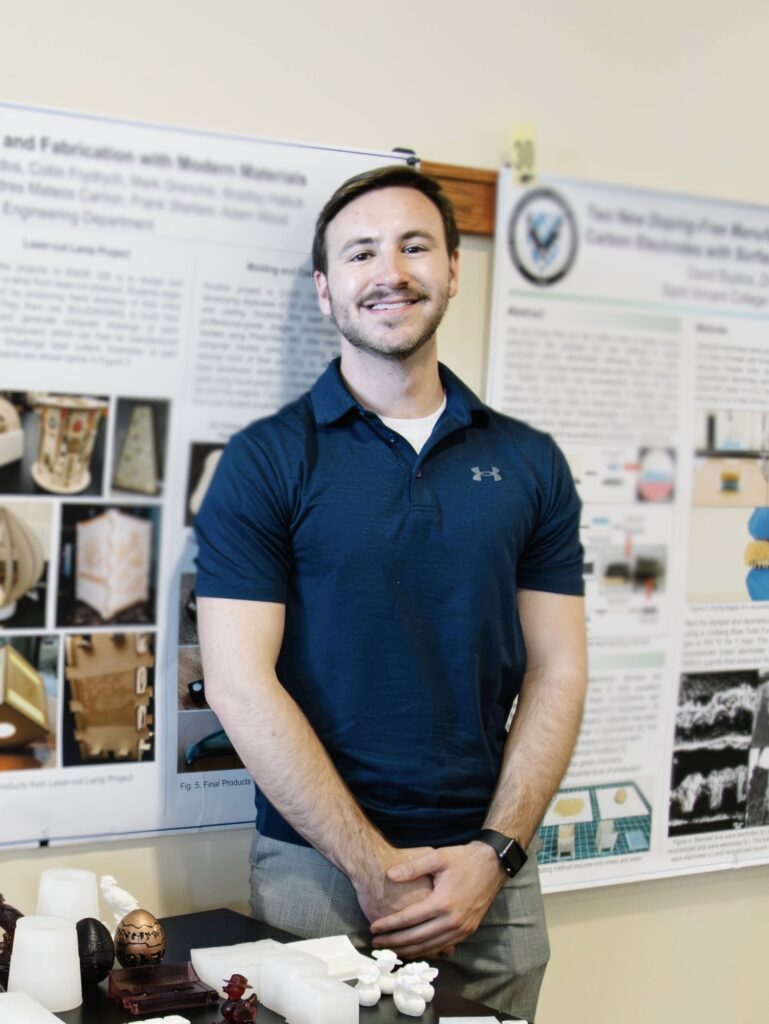
David Bujdos
Ph.D. Student
(MSE)
bujdos@seas.upenn.edu
Education: B.S. in Mechanical Engineering, Saint Vincent College
Project Title: Infiltration-Based Strengthening of Polymer-Metal Nanocomposites
Collaborators: N/A
Funding Sources: Ashton Fellowship and NSF DMR
Project description: My project aims to leverage the morphology of diblock copolymer-infiltrated gold scaffolds to create mechanically reinforced nanomaterials. The wetting-driven strength contribution from polymer regions will be investigated to develop new composites in the boundary between soft and hard materials..
Master’s Students
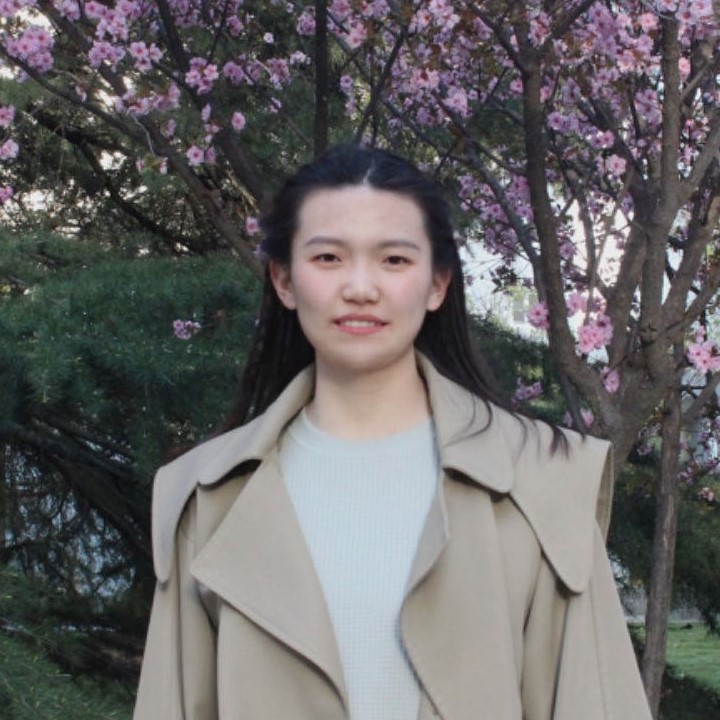
Rongyue (Stella) Lin
Master’s
(MSE & SCMP)
rongyue@seas.upenn.edu
Education: B.S. from University of Science and Technology Beijing (China)
Project Title: Optical Properties of Polymer Infiltrated Nanoporous Gold
Mentor: Weiwei Kong
Project description: I will be studying using Discrete-Dipole Approximation to simulate the behavior of localized surface plasmon resonance of NPG with different infiltration extent.
Undergraduate Students
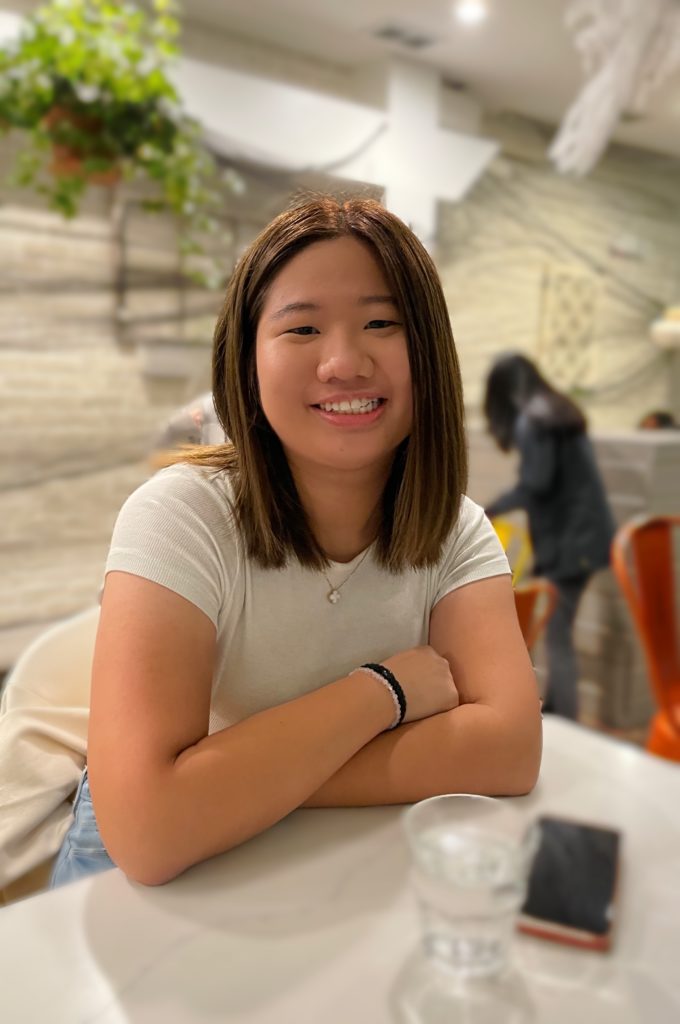
Isa Pan
Undergraduate
(MSE)
chuyipan@seas.upenn.edu
Isa is an undergraduate at the University of Pennsylvania in the VIPER program majoring in Materials Science & Engineering and Chemistry. She joined the group in the summer of 2022. She is currently studying the pH dependence of polymer brushes under the mentorship of Weiwei Kong.
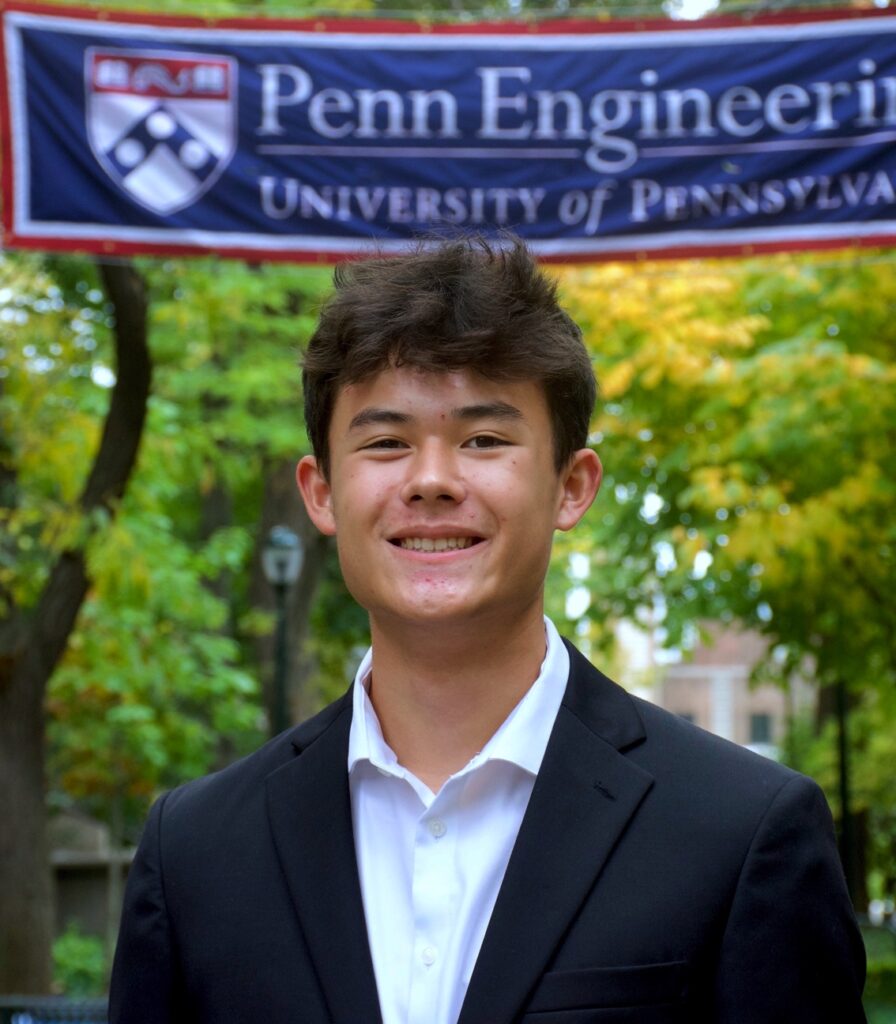
Colby Snyder
Undergraduate
(ChemE & Physics)
colbysny@seas.upenn.edu
Colby is an undergraduate at the University of Pennsylvania in the VIPER program majoring in Chemical Engineering and Physics. He will be joining the group in the summer of 2023. He will be investigating inorganic scaffolds for composite polymer electrolytes under the mentorship of Dr. Shreyas Pathreeker.

